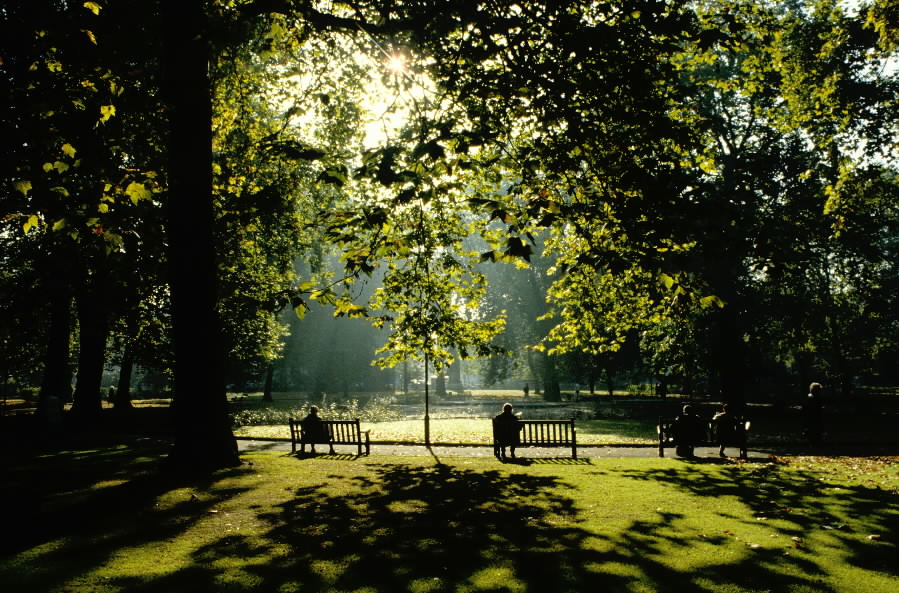Summary
This research aimed to explore people’s engagement with trees and woodlands, as well as wider nature and greenspace before and during the Covid-19 restrictions of spring to early autumn 2020. With limited options for people during the restrictions getting out and exercising in nature became an activity that was discussed and undertaken by many. There was an increase in social media traffic outlining the benefits of engaging with local nature spaces and a greater awareness of how much people can value and rely on nature to support their wellbeing.

Research Objectives
This research aimed to identify whether there were any:
• Changes in engagement with nature during the Covid-19 restrictions,
• Increases or decreases in motivations and benefits from engaging with trees, woods and wider nature,
• Changes in barriers to accessing nature during the Covid-19 restrictions, and
• Changes in physical activity levels and the impact of this on people’s wellbeing?
Findings and Recommendations
Latest Update
– Key results from our quantitative data
Engagement with nature
1. Visits to ‘woodlands or forests’, and ‘fields, farmlands, countryside’ were more resilient to Covid-19 restrictions than other nature spaces, with respondents who visited these areas dropping by less when compared to visits to other nature spaces.
2. More than 80% of respondents reported being in their garden more, while more than 50% reported an increase in appreciation of trees in their street, garden, park, along footpaths, and in woods.
3. Families with children under-16 in their household showed increases in visits to woods.
Appreciation and benefits of nature
1. Two-thirds of people reported an increase in ‘time taken to appreciate nature’, ‘level of happiness when in nature’ and ‘feelings of connection to nature’.
2. Eight out of the 10 benefits listed were reported as being ‘significantly better’ or ‘having some change for the better’ by more than 50% of respondents, with a ‘feeling of escape and freedom’ coming at the top of the list.
3. Women were significantly more likely to report an increase in nature connection and improvement in benefits from nature.
Physical activity
1. Being physically active helped people to manage the impacts of Covid-19 on their wellbeing.
2. The physically active became more active and increased their nature connection.
3. Those less physically active became even less active.
4. Over 50% of respondents stated that they would ‘definitely sustain’ any physical activity increases they had made in the long-term.
Barriers to engaging with nature
1. The key barrier to enjoying nature reported by more than 50% of respondents was concerns about ‘overcrowding and not being able to keep their distance from others’.
Reports and academic paper
O’Brien, L and Forster, J. 2020. Engagement with nature before and during the Covid-19 restrictions. Quantitative analysis. 2020. Forest Research, Farnham.
O’Brien, L and Forster, J. 2021. Physical Activity Supporting Connection to Nature, and Helping to Maintain Wellbeing during the Covid-19 Restrictions in England. Environmental Research and Public Health. 18(9) 4548.
O’Brien, L and Forster, J. 2021. Engagement with nature and Covid-19 restrictions Survey 2021: Key results. Forest Research, Farnham.
Work is ongoing to analyse the qualitative survey responses and the interview data.
Our Involvement
Forest Research carried out an online survey from mid-June until the end of July 2020. There were 2,115 responses from a sample of people engaged with and interested in Forestry England via social media. Within the survey 3,300 qualitative responses were made, and 25 follow-up interviews were undertaken in August and September. Forest Research developed, ran, analysed and organised the survey and interviews.
